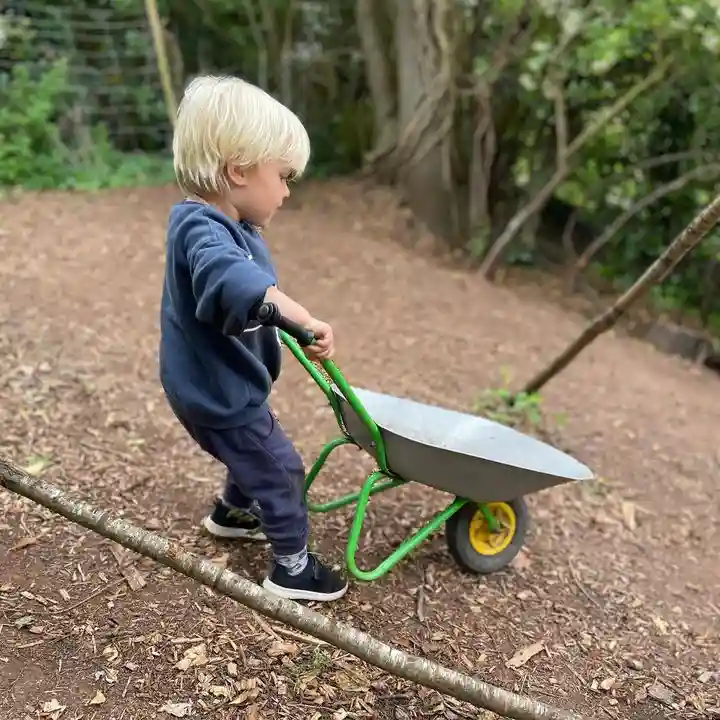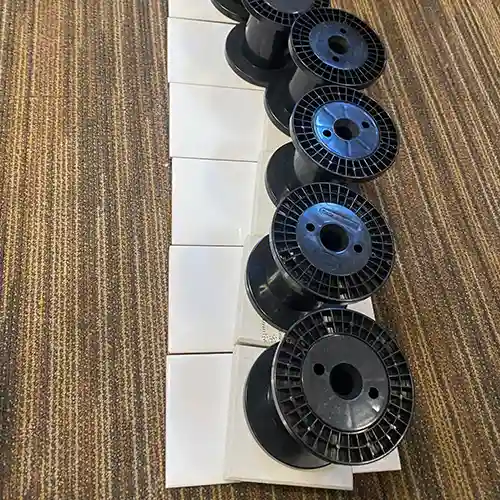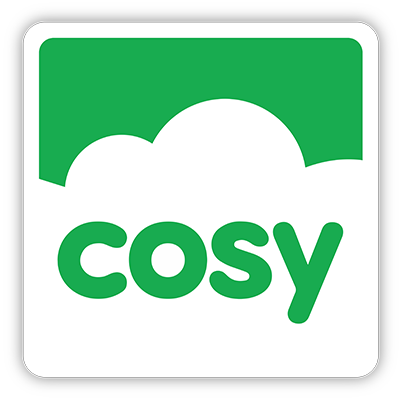Schemas- Observing Children's Patterns of Play
A question I get asked time and time again is how to encourage children to play with open-ended materials. Often, we go on training for loose parts play and we buy the open-ended resources but the children’s response to them just doesn’t live up to the expectation we had. If this sounds like you then don’t worry because there is a really simple solution – schemas!

Schemas are repeated patterns of behaviour that all children will go through; they are a key component to cognitive development and are the way in which children understand how the world works. For example, children love to post items, roll items, throw items, drop items and more – all of these are schematic play behaviours. This is important because it reminds us that loose parts play isn’t about an outcome, instead it is about the process. Children might not be using those fancy new blocks to create intricate structures, but they may be connecting them together, moving them around, organising them into sizes, scattering them, lining them up – the list really is endless.
Furthermore, schemas are my best kept secret to enhancing my provision and over the course of these blog posts I am going to share some simple and easy enhancements that will have your children deeply engaged. But before I get ahead of myself, here is an overview of the 9 common schemas.
Rotation – An interest in rolling, spinning, turning and circles. This can include exploring objects that roll, as well as, rolling and turning your own body.

Trajectory – An interest in lines; verticals, horizontals and diagonals. This can include jumping, throwing and movement in lines.

Transporting – An interest in moving items and themselves. This includes pushing babies around in prams and moving items in carts or bags.

Connecting - As interest in connecting and disconnecting. This includes an interest in connecting objects such as train tracks, blocks and jigsaws.

Enveloping – An interest in enveloping and hiding objects within. This includes enveloping themselves in fabric and hiding objects in sand or play dough.
Enclosing – An interest in enclosing themselves and objects, this includes creating enclosures around objects with blocks and sitting within enclosures such as cardboard boxes.

Transforming – An interest in changing materials. This includes mixing sand and water together or watching how materials change when combined with others.
Positioning – An interest in positioning items in a specific way. This can include ordering items and sorting items.

Orientation – An interest in viewing the world from different viewpoints. This includes looking in mirrors or through telescopes.
Check back next week as we will be sharing a blog all about enhancing your continuous provision to promote schematic play through ramps, channels and tunnels.
Written by Laura England
Shop Our Top 5 Sand and Water Resources!




